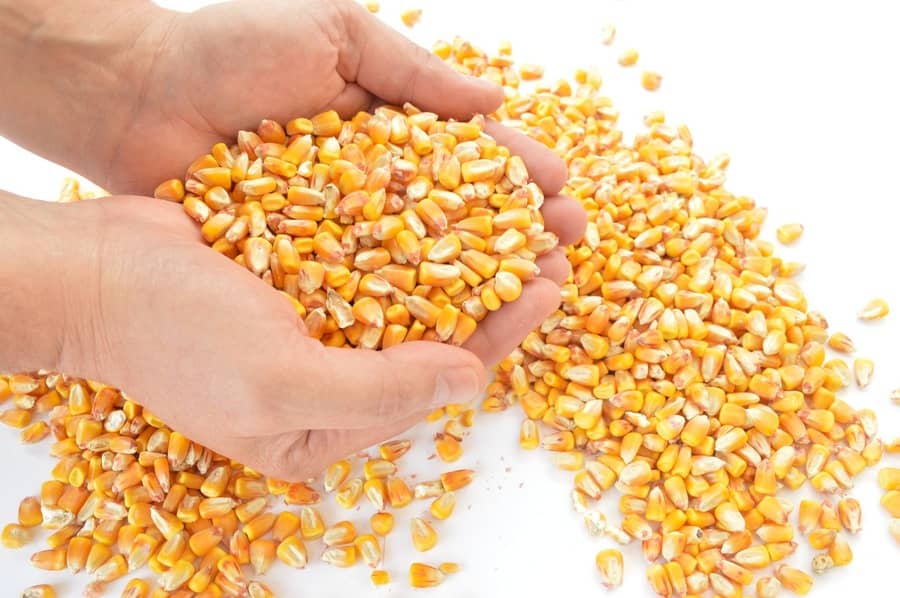Porto Alegre, June 1, 2021 – The consequence for the Brazilian market of this sharp decline in the second crop is an adjustment in the supply and demand framework. Undoubtedly, some variables can mitigate the Brazilian supply situation. The possibility of greater imports, the cut in exports and, perhaps, even some cut in demand given the greater use of wheat in feedstuff may appear as a compensatory factor for production losses. The first point, however, is exportation.
The US crop continues to advance well and with rain over the week in most producing regions. Of course, this scenario must remain favorable until August for the definition of the production potential. Again, another week of a lot of external volatility due to mismatched information generated by some international news agencies, signaling that China would be making major cancellations of purchases of US corn. Besides the non-confirmation of such purchases, USDA confirmed purchases of more than 10 million tons by China for the past two weeks.
This movement of prices on the CBOT is seasonally used by the Brazilian market to align domestic prices to port prices. Last week, port levels were between BRL 83 and 85 for August/September. What the domestic market wants is to make internal prices align with this normal price pattern in a normal year. However, we are not in a normal year.
The decline in production in Brazil will not necessarily become a serious problem of national supply. However, the attention of the consumer sector to this second crop entry is fundamental. The decline in prices nearly down to port levels could lead trading companies to comply with export commitments and, therefore, not to invert sales to the domestic market. The risk for the Brazilian market at this time is to exaggerate the downward pressure with a very small second crop and cause a greater export target. This would help prices to fall at harvest but could cause an even sharper high than the one that occurred this year from October.
Note that the large volumes of corn will be available in Mato Grosso, the state that is the main Brazilian exporter, and Goiás. Mato Grosso has export alternatives through ports in the North and many contracts signed between trading companies and corn originators. Trading companies can either fulfill the shipments or revert the batches for sales to the domestic market. It is in this environment that we are deciding to supply the second semester of 2021 and the first one of 2022. Growers, in turn, can fulfill the contracts and decide to retain the rest of the second crop to negotiate later, betting on new highs.
Thus, our corn supply and demand picture has a new cut in the export projection to 23.9 million tons. Carryover stocks have been reduced to the lowest level since 2015, at 3.7 million tons. Now, the greater the exports, the lower carryover stocks. Therefore, the flow of exports from now on will be key to the composition of the domestic market. Lower exports can result in better stocks and more equalized internal supply. Importing is the other alternative.
Agência SAFRAS Latam
Copyright 2021 – Grupo CMA

